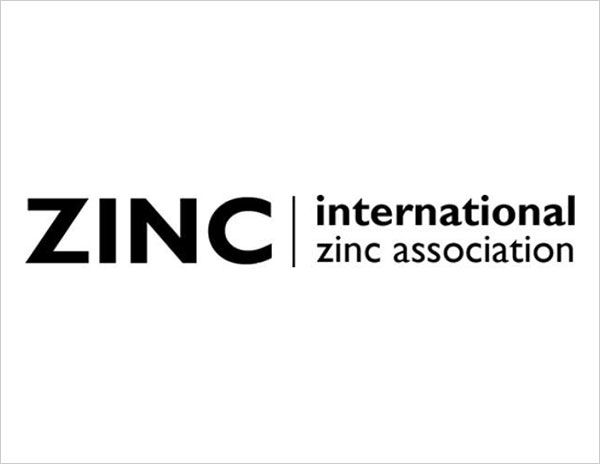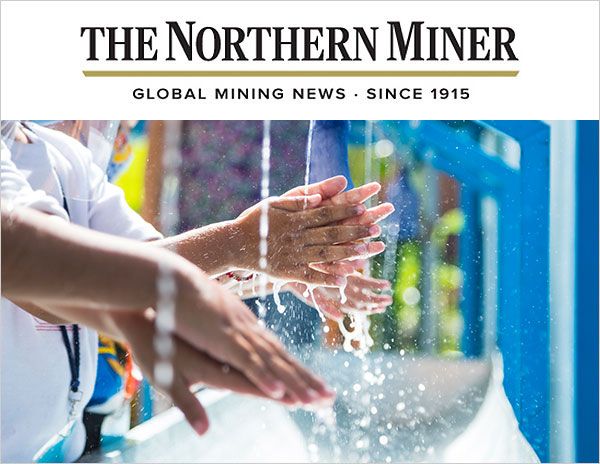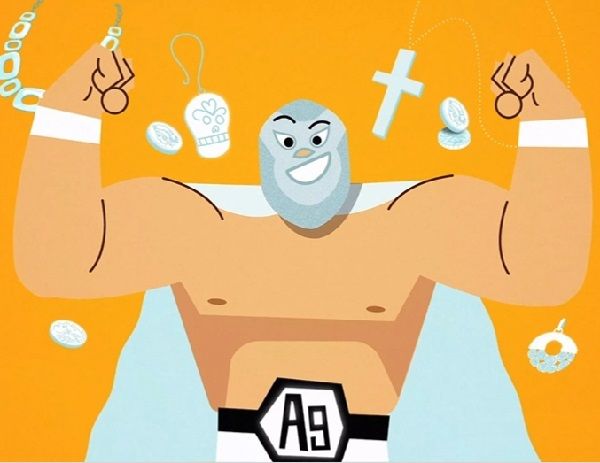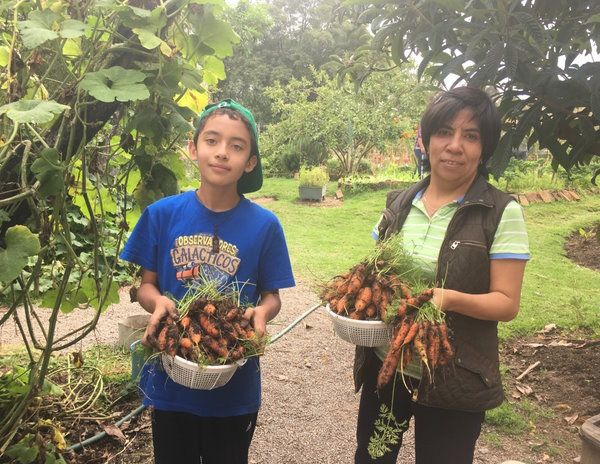
Vancouver, CA
Every year, thousands die from zinc-deficiency-related illnesses in Latin America, South Asia and sub-Saharan Africa. To mark World Nutrition Day, Metals for Humanity (M4H) explains how zinc miners can help farmers harness this vital micronutrient to grow better crops and save lives.
Zinc is an essential nutrient for strong immune systems and reproductive health, yet 15% of the world’s population are at risk of being deficient. That’s 1.3 billion people – and children are some of the worst affected. Children need zinc to grow normally; it helps ward off diarrhea – a leading cause of mortality in under-fives – pneumonia, malaria and even death.
Meat, fish, eggs and dairy products are good natural sources, but expensive for those in low- and middle‐income countries where as many as half of all children may lack enough in their diet. Two-thirds of pre-schoolers in Cambodia are deficient, for example, according to recent figures compiled for the Global Micronutrient Deficiencies Research Group.
Over the last decade, the International Zinc Association (IZA) has been working to get more of this micronutrient where it’s needed through its Zinc Saves Kids programme. Canadian miner Teck Resources, a member of the IZA, also took the initiative by partnering with Unicef in 2013 to donate life-saving zinc and oral rehydration sachets to treat diarrhoeal disease in some of the poorest parts of India.
Diet supplementation has helped, but experts say that large-scale fortification of staple foods like rice, corn and wheat is paramount.
“If large-scale food fortification of staple foods with zinc was adopted and/or optimized in all 40 countries where zinc deficiency is a public health problem, we could reduce the percentage of the population at risk of inadequate zinc intake by 50%.” International Zinc Nutrition Consultative Group
The IZA’s Zinc Nutrient Initiative advocates to get zinc fertilizer into the hands of farmers to help them increase crop yield, boost nutritional value in humans and improve farmers’ incomes. Eric Van Genderen, director of environment, health and sustainability at the IZA, says, “Studies show that zinc fertilizer can yield anywhere from six to 25 times more produce. It’s a suitable way to really improve crop yield and value.”
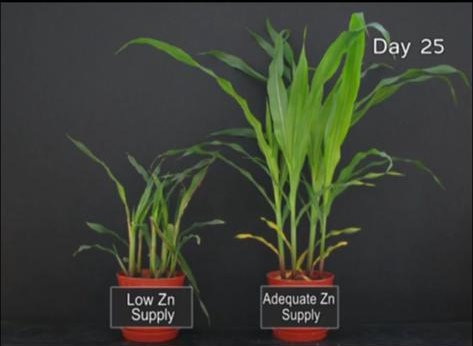
Ingrid Putkonen, founder at M4H says, “Zinc Saves Kids was the inspiration for the Pure Silver Initiative, undertaken with Fresnillo plc, where we use silver’s antibacterial properties to bring clean water to disadvantaged school communities in Mexico.”
“The Zinc Nutrient Initiative not only addresses the root deficiency problem by making crops more nutritious, resilient and productive, but it does so in a sustainable, market-driven way.”
From mines to mouths: why we need more zinc
Fortifying crops is key to getting more micronutrients into people’s diets, because agricultural soils are often low in essential nutrients. The World Health Organisation even updated its official guidelines last year to recommend fortifying wheat flour with zinc as a public health strategy. But with governments slow to roll out national policies, private sector programmes like the Zinc Nutrient Initiative have stepped up to help farmers source fertilizers.
"Around 50% of agricultural soils contain low levels of available zinc, mainly due to high soil pH, low soil moisture and low organic matter." Zinc Nutrient Initiative
Thanks to these programmes, the zinc-in-fertilizer market has exploded 10-fold in the last decade to reach 400 kilotonnes of annual usage. But now some farmers face a shortage as their affordable source of zinc – recycled materials like scrap metal – is running low. Their next best option is to get the micronutrient from a primary source like miners or smelters, but this is more expensive.
Miners would only need to donate a tiny fraction of the millions of tonnes they mine each year to make a huge difference. Eric explains, “Humans consume about 20,000 tonnes of zinc a year, which is not much. Assuming we each need about 10 milligrammes a day, we probably only need about 6,000 extra tonnes to bring everybody up to ideal levels.”
M4H is working on a new initiative that would educate communities about the importance of micronutrients in their diets and bring more fertilizer to farmers. Ingrid says, “Going forward, we need to find ways to engage both the public and private sectors to raise awareness of zinc’s vital health role, and increase the flow of primary product into fertilizers.”
The theme for World Nutrition Day 2023 is “Health for All”: let’s pledge to get more zinc in people’s diets to improve health for all.
Metals for Humanity works with miners and the metals industry to make metals works for us all .™ Can you help bring to life our vision to get more zinc from mines to mouths and save lives? For all collaborations, our founder Ingrid Putkonen can be reached at ingrid@metals4humanity.org.
Further reading:
 See how our Pure Silver Initiative, in collaboration with Fresnillo plc, is bringing water to thousands of people here.
See how our Pure Silver Initiative, in collaboration with Fresnillo plc, is bringing water to thousands of people here.
 Follow us on LinkedIn and Twitter to receive more updates.
Follow us on LinkedIn and Twitter to receive more updates.
 Did you know you can add zinc to your garden plants to help them grow? Try compost, manure (if you’re brave!) or organic fertilizers like bone and seaweed meal. For inspiration, head to @huertotlatelolco to see how Gabriela Vargas set up a thriving urban garden in Mexico City from a pile of concrete rubble to grow better crops for locals.
Did you know you can add zinc to your garden plants to help them grow? Try compost, manure (if you’re brave!) or organic fertilizers like bone and seaweed meal. For inspiration, head to @huertotlatelolco to see how Gabriela Vargas set up a thriving urban garden in Mexico City from a pile of concrete rubble to grow better crops for locals.

